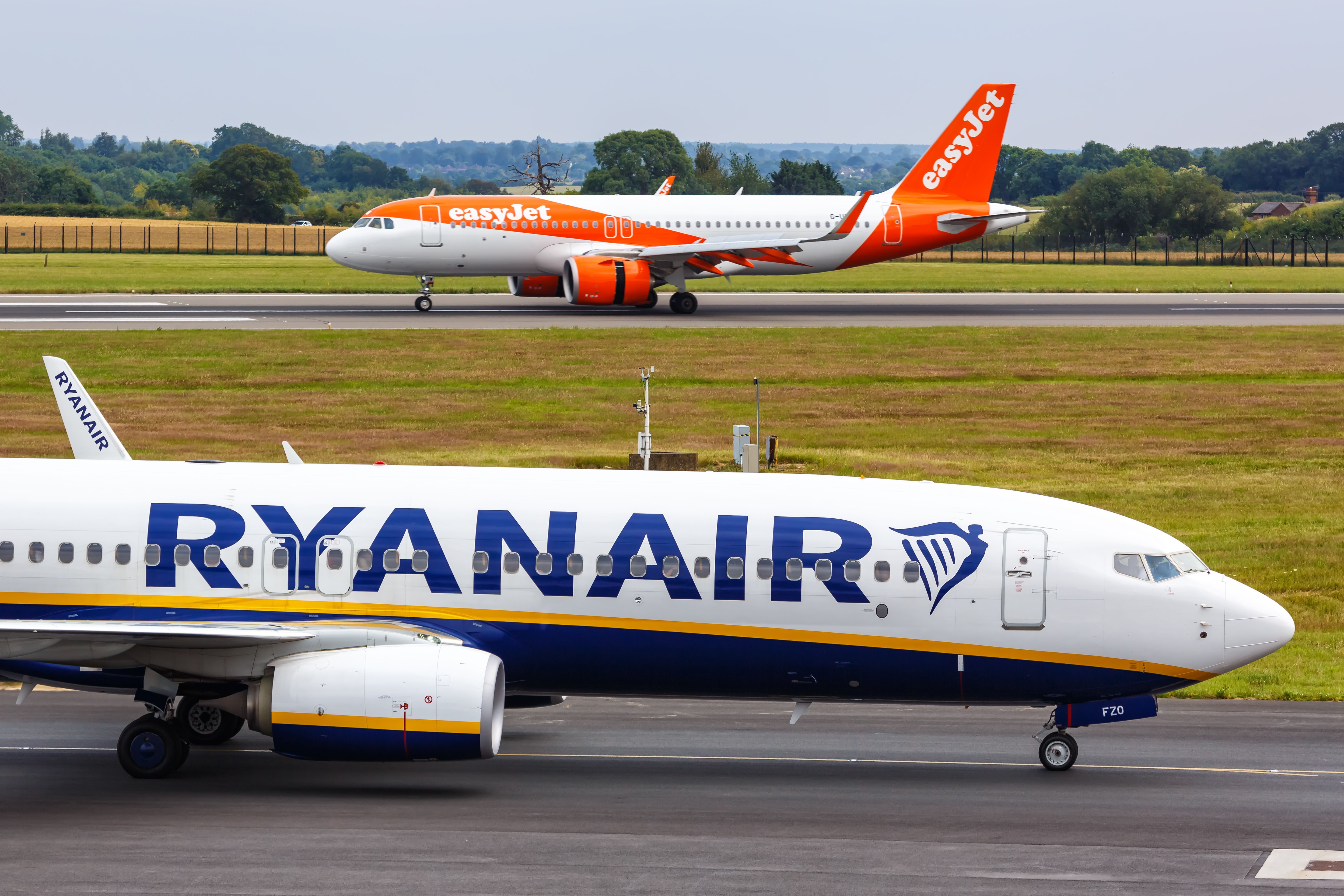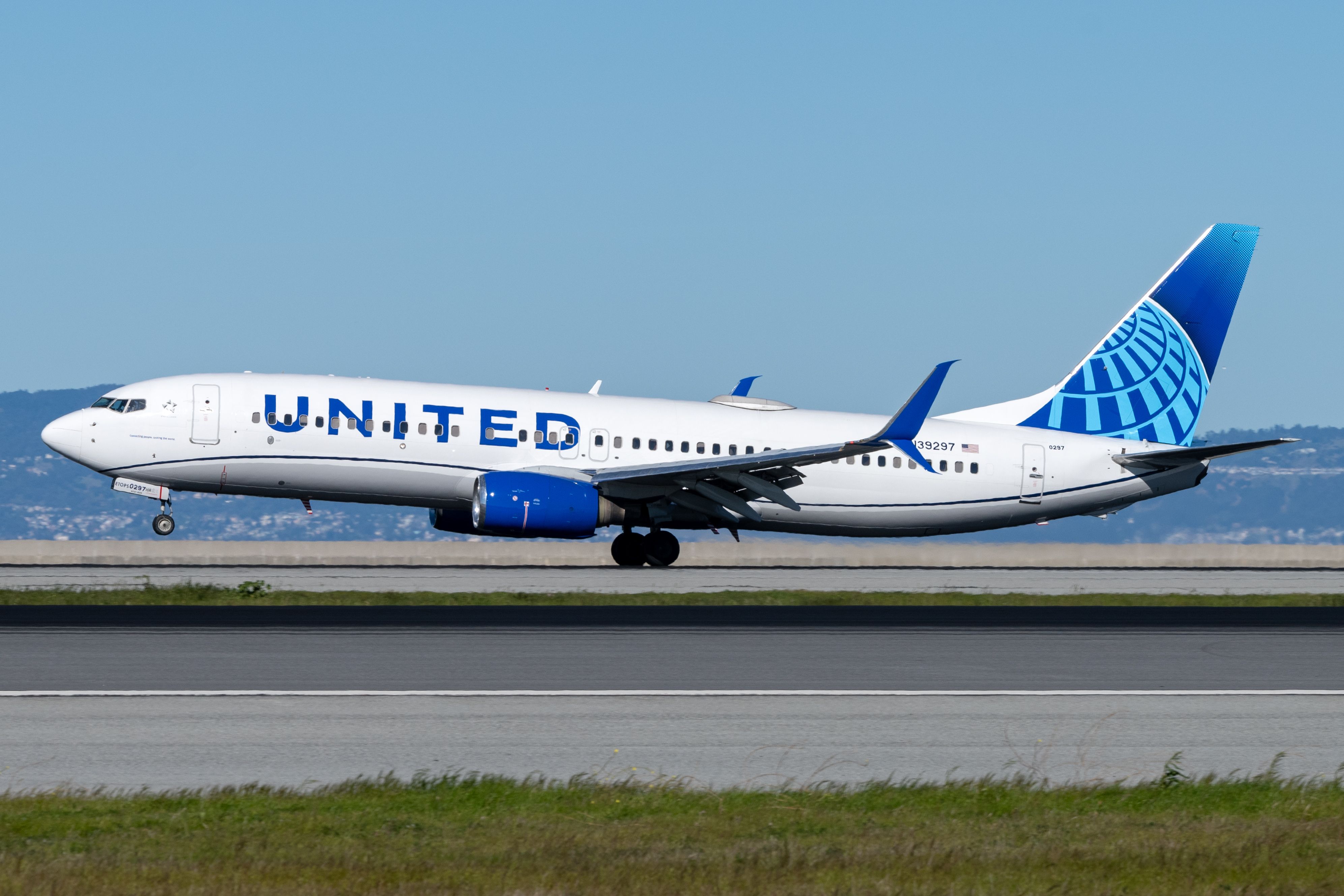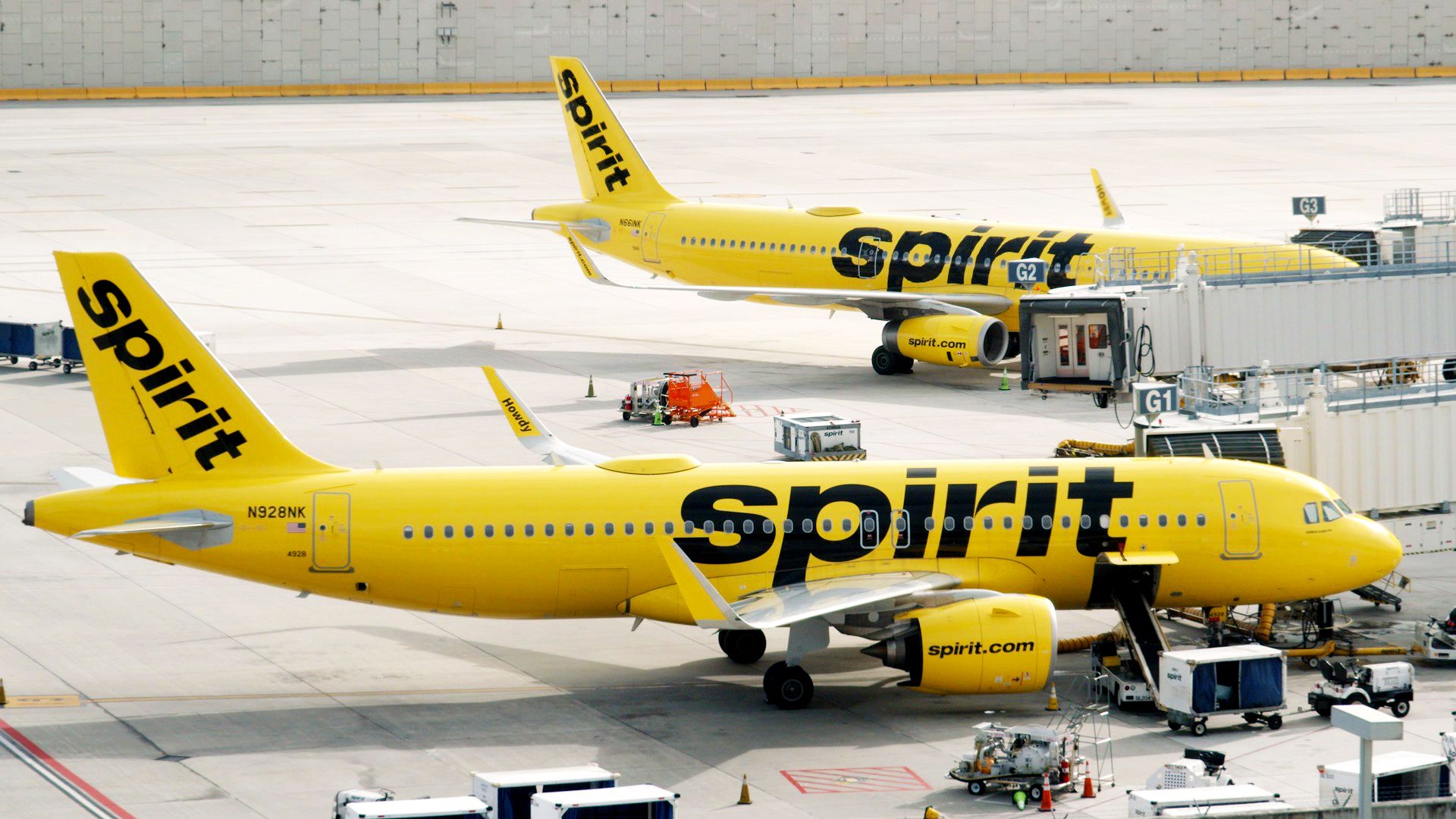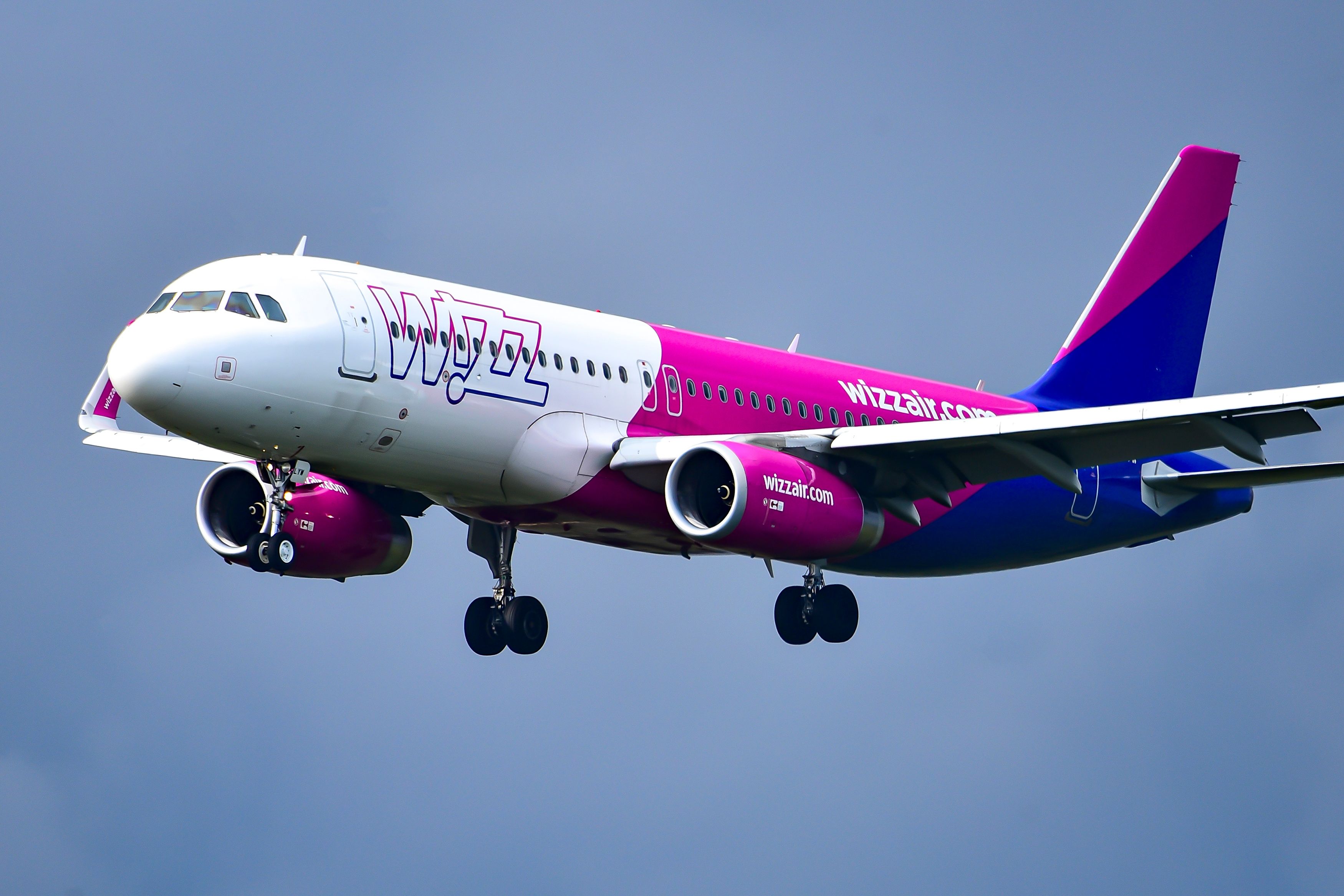Usually, most assume that ticket prices are what feed into airline profits. However, this is hardly the case for low-cost carriers across the globe, which have shot to popularity with single, double, or triple-digit fares (depending on your currency). In reality, low-cost carriers, and even more traditional ones, have begun turning to new sources of revenue to boost their earnings.
All about ancillary services
As the name suggests, ancillary services are all those that are beyond the sale of the seat itself. Think of carry-on or checked bags, seat selection, meals, and anything else you might buy with your flight ticket. In the last decade, ancillary revenues have ballooned, led by low-cost carriers, which promise the lowest fares and everything else as an add-on.
To understand the scale, in 2019, airlines clocked a massive $110 billion in ancillary services alone, according to CarTrawler's yearbook. While this figure fell to $102.8 billion in 2022 due to the residual impact of the pandemic, it makes up a huge part of revenue for low-cost airlines globally.
However, you may have noticed that these fees are everywhere, no matter which airline you fly. The big three US airlines all brought in north of $5.5bn in ancillary revenue in 2021, with United being the tenth highest extractor of ancillary fees per passenger ($52.5 per traveler in fees). As a percentage of revenue, though, these fees are hugely important to budget carriers.
Get the latest aviation news straight to your inbox: Sign up for our newsletters today.
Critical to profitability
If you've ever wondered how budget carriers turn a profit with fares so low, your answer is ancillary fees. Ryanair is a great example of this phenomenon. For the year ending March 31st, 2022, the carrier brought in €2.15 billion ($2.27bn) in ancillary revenues out of a total of €4.8bn ($5bn). This means just under 45% of the carrier's revenues came from ancillary fees last year. While this is higher than usual due to COVID (revenues were down substantially), it highlights how important this part of the money is to overall operations.
A look at CarTrawler's figures for 2019 shows that Wizz Air brought in 56% of its 2021 revenues through ancillary sales, up from 45.4%. By comparison, United brought in less than 25% of its income from ancillary fees. American low-cost carriers like Spirit Allegiant crack the top 10 as well, with 54.3% and 51.3% of their revenues coming from non-operational services.
Running a lean operation
However, it's not only upselling key services to passengers by unbundling fares, low-cost airlines are notorious for running lean operations. If you've ever flown with any of the big names, think Ryanair, easyJet, or Wizz Air in Europe, Spirit, Allegiant, or Frontier in the US, or IndiGo, SpiceJet, or Go First in India, and you know how things go. These airlines double down on one fleet type, packing as many seats in as possible.
By keeping a common fleet and almost exclusively sticking to short-haul sectors in their key markets, costs are kept down and aircraft utilization high. These airlines also tend to record extremely high load factors, meaning almost all seats are sold, no matter the price per ticket. While this comes with tradeoffs like less legroom, no meals, and no changeability or refunds (with additional fees), it's a model passengers love.
This is why you are almost certainly going to see planes like the Airbus A320 or Boeing 737 families operating flights, with little difference between flights. Outspoken CEOs have made it clear their priority is delivering high profits and low fares, even if that means flying to far-out airports and charging outrageous sums for bags or forgetting to check in online.
Love them or hate them, low-cost airlines have revolutionized flying for good and made travel possible for almost everyone.
What do you think about the operating model of budget airlines? Let us know in the comments!




